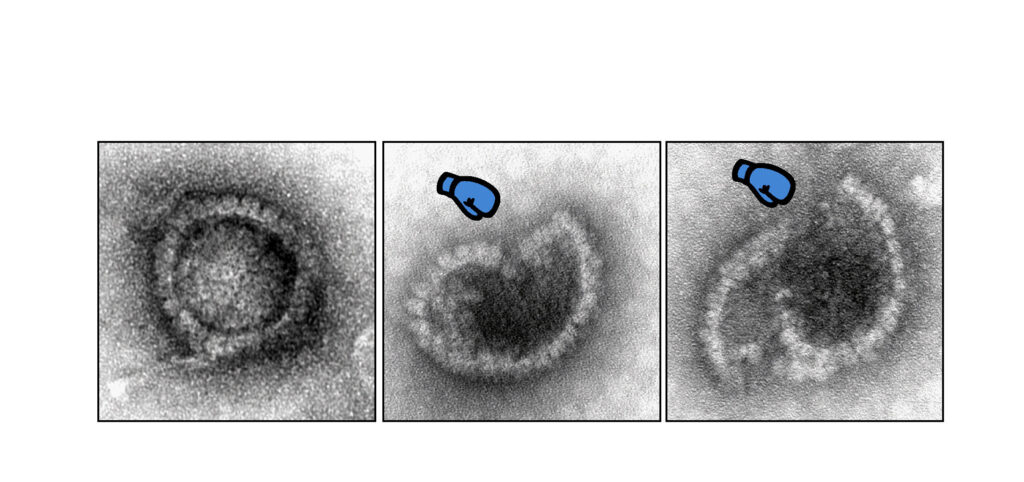After the body’s own messenger substances are activated, most cells are able to defend themselves. This happens with the help of proteins that recognize invading virus components. The myxoviruses resistance Protein B is one of these. It can prevent many viruses. It was unclear how it did this.

As part of a project of the Cluster of excellence RESIST, Beate Sodeik from the Institute of Virology at Hannover Medical School (MHH) has researched new findings on the interactions between MxB and herpes Viruses and published them in the journal.
Researchers from the University Hospital Freiburg, the University of Oxford, and the University of the U.S. are part of the team. The team is in the process of finding new active substances to use against the viruses.
Using biochemical experiments, the team of researchers said, we were able to show for the first time that MxB has the ability to attack and disassemble protective capsids. Professor Sodeik says that the capsids protect the genome from the cell’s own defense. Among other things, the work was done with herpes simplex and varicella-zoster viruses. The effect of MxB on the capsids of other viruses is being investigated.
The team is developing methods to produce virus particles in which both the capsids and the viral genomes are labeled. There is a better understanding of the process by which MxB attacks the labeled capsids and whether the labeled genomes are released from the disassembled capsids.
Read more information
Manutea C Serrero et al, The interferon-inducible GTPase MxB promotes capsid disassembly and genome release of herpesviruses, eLife (2022). DOI: 10.7554/eLife.76804
Latest Chemistry Research News
- Scientists discovered ceramic aerogel for use in thermal insulation applications
- Turning methane into methanol under ambient conditions using light by The ‘holy grail of catalysis
- Scientists discovered A gentler more precise laser cutting technique
- Latest study shows learning chemical networks give life a chiral twist